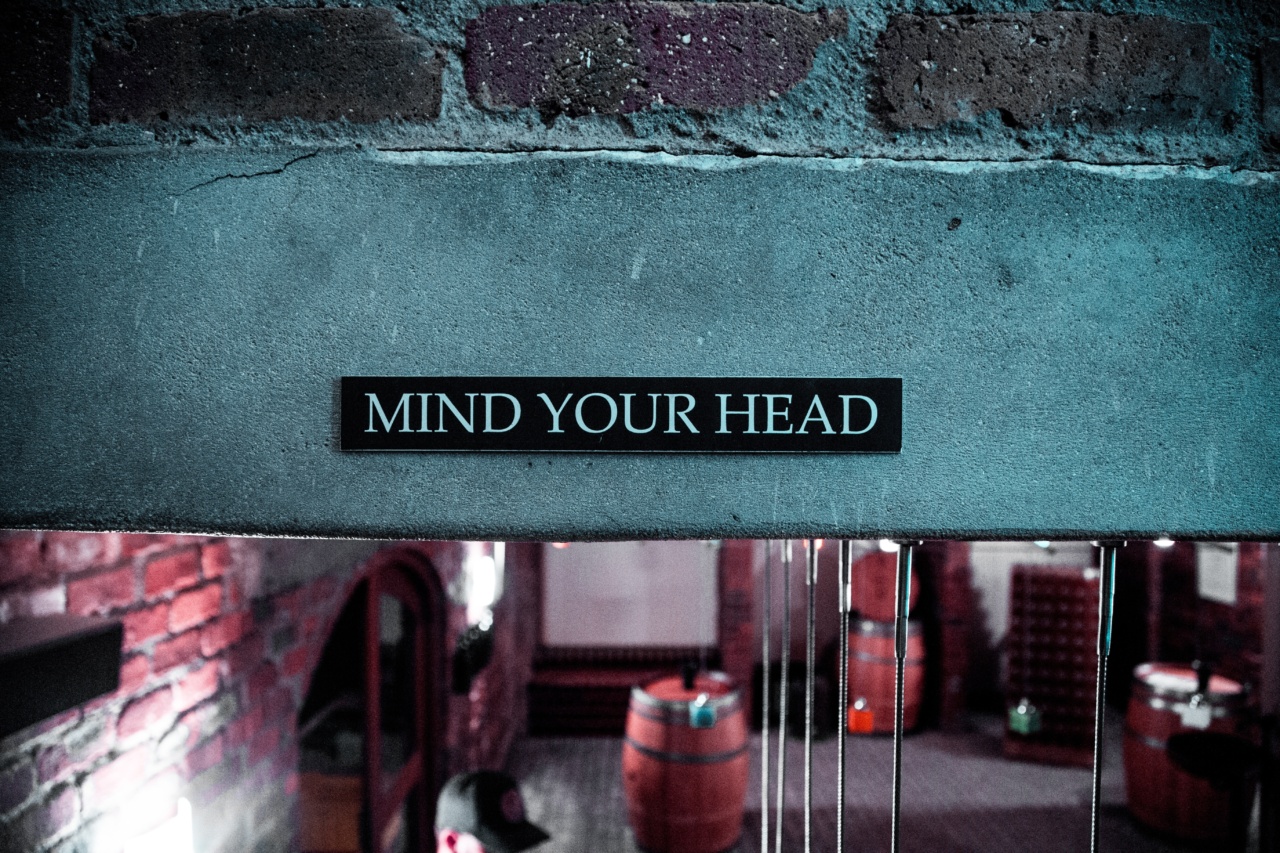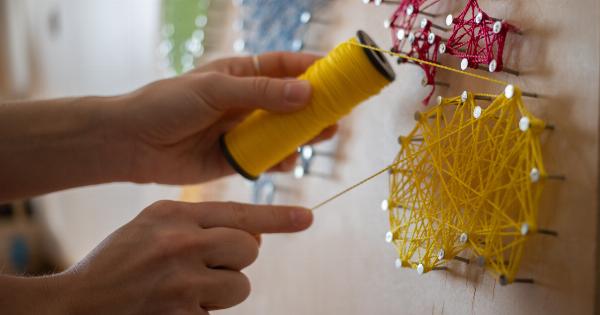Your nails can offer valuable insights into your overall health. Changes in the color, texture, shape, and thickness of your nails might indicate an underlying medical condition or nutritional deficiency.
Here are 30 signs on your nails that you should watch out for:.
1) Yellowish Nails
Yellowish nails can result from fungal infections, poor hygiene, or smoking. It can also indicate a problem with your liver, lungs, or thyroid gland. If your nails are yellowish and you don’t know the cause, see a doctor.
2) White Spots or Dots
White spots or dots on your nails are typically harmless and a sign of minor trauma or injury to the nail. They can also result from a zinc deficiency or fungal infection in some cases.
However, if these white spots or dots are present on all of your nails, it could be a sign of a medical condition.
3) Pale or Whitish Nails
Pale or whitish nails can be a sign of anemia, liver disease, or malnutrition. If your nails are pale or whitish and you have other symptoms, such as fatigue or weakness, see a doctor or nutritionist.
4) Dark Lines or Spots
Dark lines or spots on the nails can be a sign of a mole or skin cancer. If you notice any dark lines or spots on your nails that were not there before, see a dermatologist as soon as possible.
5) Spoon-Shaped Nails
Spoon-shaped nails or koilonychia can indicate an iron deficiency or hemochromatosis, a genetic disorder that causes the body to absorb too much iron. If your nails are spoon-shaped, see a doctor to determine the underlying cause.
6) Clubbing
Clubbing is a condition in which the nails curve downward and the fingertips bulge. It can be a sign of lung disease, heart disease, or inflammatory bowel disease. If you have clubbing, see a doctor for further evaluation.
7) Vertical or Horizontal Ridges
Vertical or horizontal ridges on the nails can result from aging, injury, or nutritional deficiencies. They can also indicate a medical condition such as psoriasis or rheumatoid arthritis in some cases.
8) Brittle Nails
Brittle nails can result from exposure to harsh chemicals, dehydration, or nutritional deficiencies. They can also indicate a fungal infection or an underactive thyroid gland.
If your nails are brittle, take steps to protect them and consider seeing a doctor if the problem persists.
9) Thickened Nails
Thickened nails can result from a fungal infection, psoriasis, or thyroid disease. They can also be a side effect of certain medications. If your nails are thickened and you don’t know the cause, see a doctor.
10) Cracked or Split Nails
Cracked or split nails can be a sign of aging, exposure to water, or nutritional deficiencies. They can also indicate an iron deficiency or an underactive thyroid gland in some cases.
If your nails are cracked or split, use a moisturizing lotion and see a doctor if the problem persists.
11) Bitten Nails
Bitten nails are a habit that can result from stress, anxiety, or boredom. They can also cause infections and make your nails look unappealing. If you bite your nails, try to stop the habit and keep your nails clean and trimmed.
12) Pitted Nails
Pitted nails can indicate psoriasis, an autoimmune skin condition that causes scaling and redness. If you have pitted nails and other symptoms of psoriasis, see a doctor for diagnosis and treatment.
13) Loose Nails
Loose nails can result from an injury or fungal infection. They can also be a symptom of an autoimmune disorder or thyroid disease. If your nails are loose, see a doctor to determine the underlying cause.
14) Curved Nails
Curved nails can indicate an iron deficiency or lung disease. They can also be a sign of thyroid disease or nail-patella syndrome, a rare genetic disorder that affects the nails, knees, and elbows.
If your nails are curved, see a doctor for further evaluation.
15) Beau’s Lines
Beau’s lines are horizontal depressions or grooves that run across the nails. They can result from injury, illness, or nutritional deficiencies.
They can also indicate systemic diseases such as diabetes, heart disease, or liver disease in some cases. If you have Beau’s lines on your nails, see a doctor to determine the underlying cause.
16) Half-Moon Shape
The half-moon shape on the nails, also called the lunula, is a normal part of the nail anatomy. It is a whitish, crescent-shaped area at the base of each nail.
However, if the lunula is absent or smaller than usual, it can indicate anemia or congenital heart disease.
17) Moles or Benign Tumors
Moles or benign tumors can develop under the nails and can be a sign of skin cancer. If you notice a mole or tumor under your nail, see a dermatologist for diagnosis and treatment.
18) Black Nails
Black nails can result from trauma, infection, or melanoma, a type of skin cancer. If your nails are black and you don’t know the cause, see a doctor.
19) Red or Brown Streaks
Red or brown streaks on the nails can result from an injury, bacterial infection, or cuticle damage. They can also indicate subacute bacterial endocarditis, a bacterial infection of the heart lining.
If you have red or brown streaks on your nails and other symptoms such as fever or fatigue, see a doctor.
20) Ingrown Nails
Ingrown nails occur when the edge of the nail grows into the skin, causing pain, inflammation, and infection. They can result from trauma, improper trimming, or fungal infections.
If you have an ingrown nail, soak it in warm water and see a doctor if it becomes infected.
21) White Lines or Bands
White lines or bands on the nails can result from injury, fungal infections, or chemotherapy. They can also indicate arsenic poisoning or renal failure in some cases.
If you have white lines or bands on your nails, see a doctor to determine the underlying cause.
22) Nail Separation
Nail separation, also called onycholysis, occurs when the nail detaches from the nail bed. It can result from trauma, fungal infections, or psoriasis. It can also be a side effect of certain medications.
If your nail is separating from the bed, see a doctor for diagnosis and treatment.
23) Nail Biting
Nail biting is a common habit that can cause bacterial infections and make the nails look unsightly. If you have a habit of biting your nails, try to stop the habit and keep your nails clean and trimmed.
24) Vertical Black Bands
Vertical black bands on the nails can be a sign of melanoma, a type of skin cancer that can occur under the nails. If you have vertical black bands on your nails, see a dermatologist for diagnosis and treatment.
25) Dry Cuticles
Dry cuticles can result from exposure to harsh chemicals, dehydration, or nutritional deficiencies. They can also indicate a fungal infection or an underactive thyroid gland.
If your cuticles are dry, use a moisturizing lotion and see a doctor if the problem persists.
26) Nail Pitting
Nail pitting is the presence of small depressions or holes on the nails. It can indicate psoriasis, an autoimmune skin condition that causes scaling and redness.
If you have nail pitting and other symptoms of psoriasis, see a doctor for diagnosis and treatment.
27) White Nails
White nails can be a sign of liver disease, such as hepatitis or cirrhosis. They can also indicate anemia or congestive heart failure in some cases. If your nails are white and you have other symptoms, see a doctor for further evaluation.
28) Thickened Nail Bed
Thickened nail bed can result from an injury, fungal infection, or psoriasis. It can also be a side effect of certain medications. If you have a thickened nail bed, see a doctor for diagnosis and treatment.
29) Nail Discoloration
Nail discoloration can result from a fungal infection, injury, or nail polish. It can also indicate a medical condition such as psoriasis or liver disease in some cases. If your nails are discolored, see a doctor to determine the underlying cause.
30) Nail Deformities
Nail deformities can result from injury, nail-biting, or medical conditions such as psoriasis or arthritis. If you have nail deformities, see a doctor for diagnosis and treatment.





























